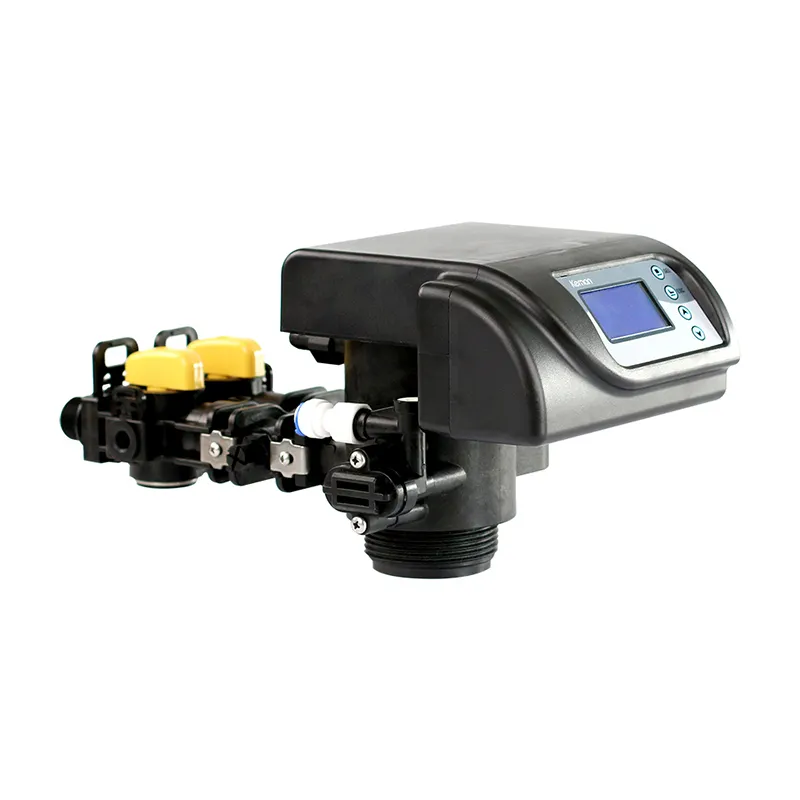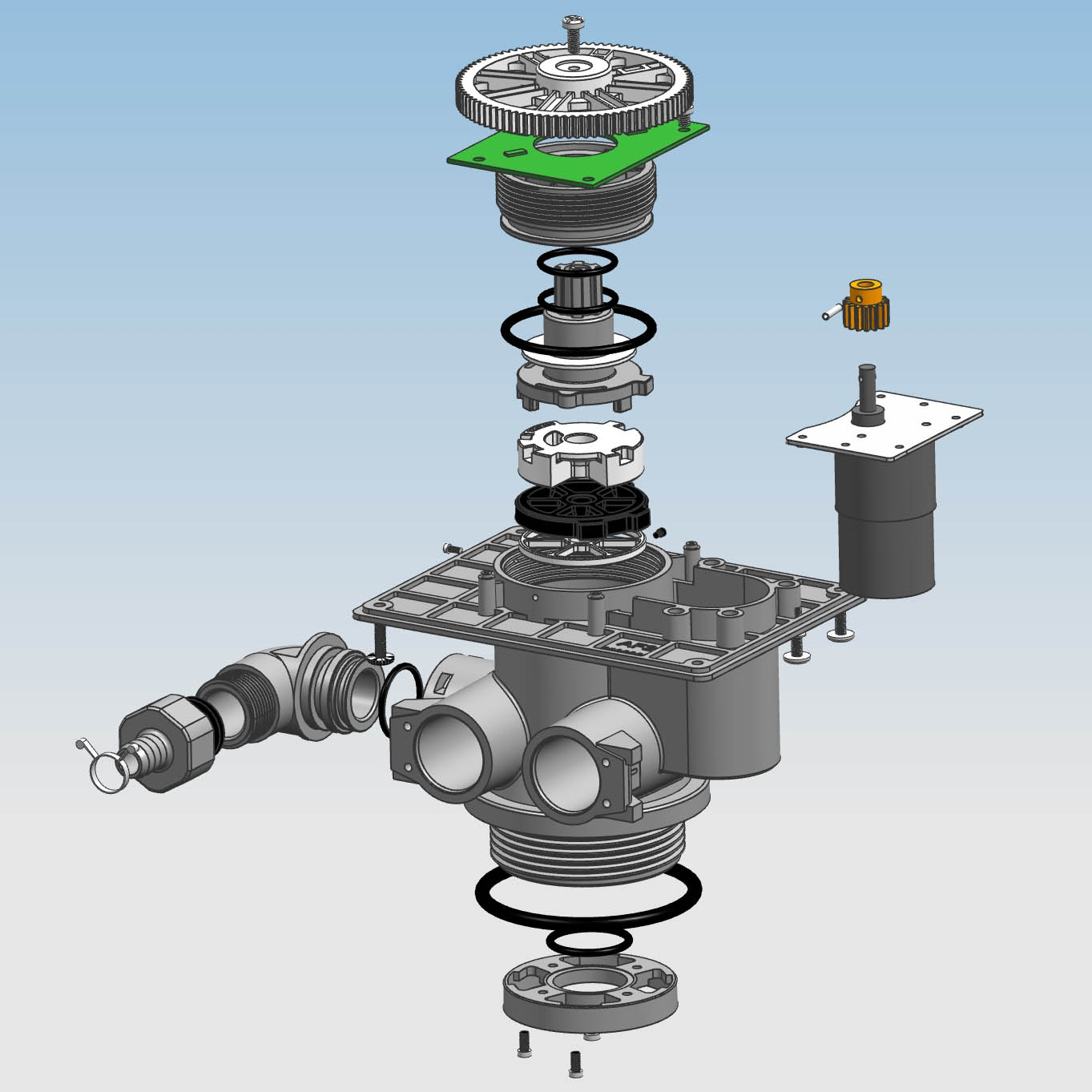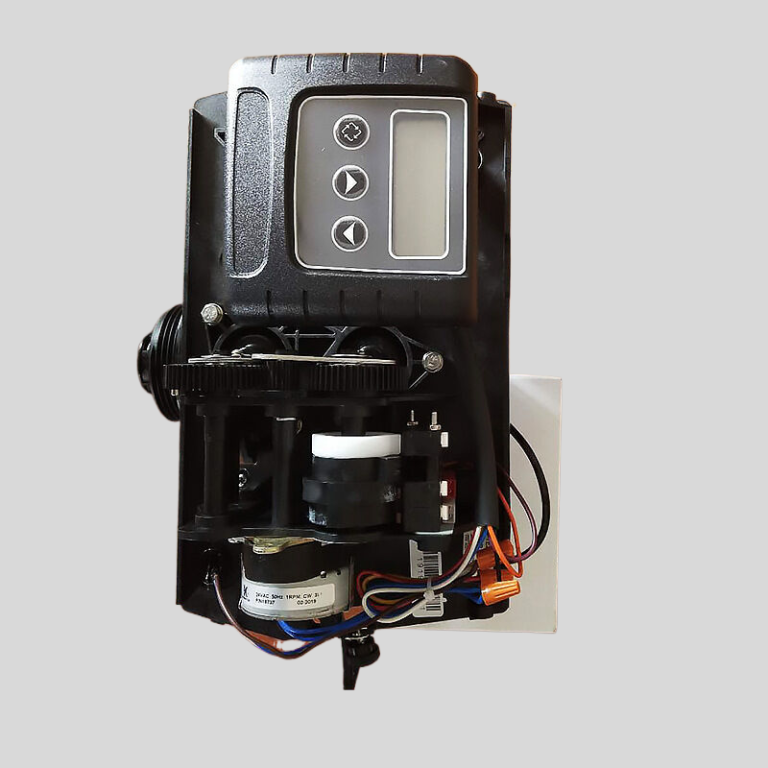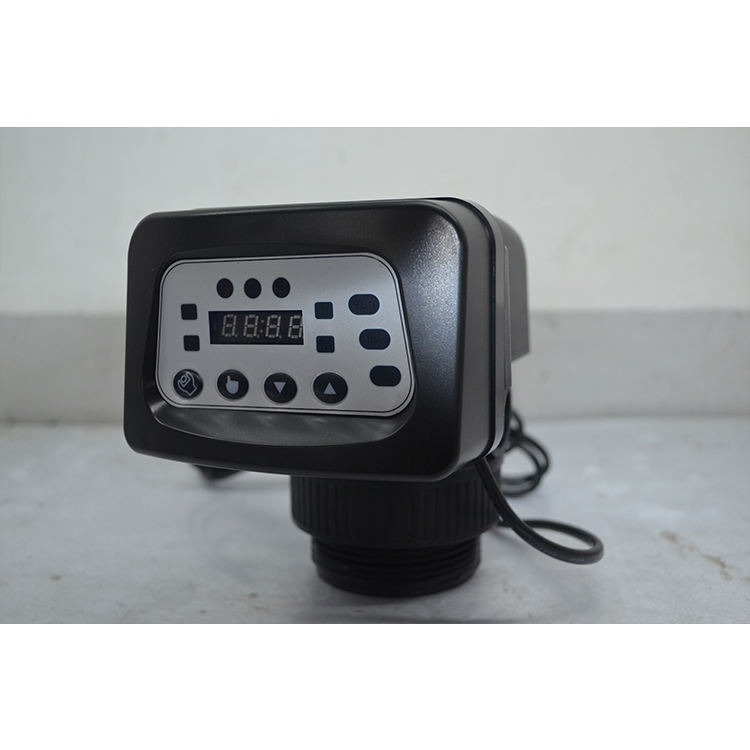Table of Contents
Effective Methods to Soften Cat Food for Older Felines
Softening cat food is a practice that is often overlooked but can significantly improve the quality of life for older felines. As cats age, they may experience dental issues, reduced appetite, or difficulty swallowing, which can make eating dry food a challenge. Softening cat food can help alleviate these issues, making meal times more enjoyable for your furry friend.
One of the most straightforward methods to soften cat food is by adding warm water. This process is simple and requires no special tools or ingredients. Simply pour a small amount of warm water over the dry food and let it sit for a few minutes. The food will absorb the water and become softer, making it easier for your cat to chew and swallow. This method not only softens the food but also increases its moisture content, which can be beneficial for cats with kidney issues or those who don’t drink enough water.

Another effective method is to mix wet food with dry food. Wet food, also known as canned food, is already soft and moist, making it easier for older cats to eat. By mixing it with dry food, you can create a meal that is both nutritious and easy to consume. This method also allows you to introduce new flavors and textures to your cat’s diet, which can help stimulate their appetite. However, it’s important to remember that wet food has a shorter shelf life than dry food, so it should be used promptly to prevent spoilage.
For cats with severe dental issues or those who refuse to eat softened dry food, you may want to consider using a food processor or blender. This method involves grinding the dry food into a fine powder, which can then be mixed with water, broth, or wet food to create a soft, palatable meal. This method requires a bit more effort, but it can be a lifesaver for cats who struggle with eating.

While these methods can be effective, it’s important to remember that every cat is unique and what works for one may not work for another. Some cats may prefer their food slightly moistened, while others may enjoy a wetter, soup-like consistency. It’s also worth noting that some cats may resist changes to their diet, so it’s important to introduce new foods and feeding methods gradually.
In addition to softening cat food, there are other steps you can take to make meal times easier for older cats. For example, raising the food dish off the ground can help cats with arthritis or other mobility issues. Providing smaller, more frequent meals can also be beneficial for cats with reduced appetites.
Exploring the Benefits and Techniques of Softening Cat Food
Softening cat food is a practice that has gained considerable attention among pet owners in recent years. This process, which involves adding water or broth to dry kibble to make it easier for cats to eat, offers a range of benefits for feline health and well-being. However, it’s essential to understand the correct techniques for softening cat food to ensure it remains nutritious and safe for your pet.
| Category | Model | Inlet/Outlet | Drain | Base | Riser Pipe | Water Capacity m3/h |
| automatic filter valve | AF2 | 3/4″, 1″ | 3/4″ | 2.5″ | 1.05″ OD | 2 |
| AF2-H | 3/4″, 1″ | 1/2″ | 2.5″ | 1.05″ OD | 2 | |
| AF4 | 1″ | 1″ | 2.5″ | 1.05″ OD | 4 | |
| AF10 | 2″ | 1″ | 4″ | 1.5″D-GB | 10 |
One of the primary benefits of softening cat food is that it can make eating more comfortable for cats with dental issues. Cats with missing teeth, gum disease, or other oral health problems may find it painful to chew hard kibble. Softening the food can alleviate this discomfort, making meal times less stressful for these cats. Additionally, older cats who may have lost some of their chewing strength can also benefit from softened food.
Another significant advantage of softening cat food is that it can help increase a cat’s water intake. Cats, by nature, have a low thirst drive and often do not drink enough water. This can lead to dehydration and urinary tract issues. By adding water or broth to their food, you can help ensure they get the hydration they need. This is particularly beneficial for cats who primarily eat dry food, as this type of diet can contribute to dehydration if not supplemented with additional water.
Despite these benefits, it’s crucial to approach the process of softening cat food correctly. The first step is to choose a high-quality cat food. Look for a brand that uses real meat as the primary ingredient and avoids fillers like corn and wheat. This will ensure your cat is getting the nutrients they need, even when the food is softened.
| Model | Category | Water Capacity m3/h | LCD | LED | ICON | DIODE |
| ASB2 | automatic softener valve | 2 | O | O | O | O |
| ASB4 | automatic softener valve | 4 | O | O | O | O |
Next, consider the liquid you’ll use to soften the food. Water is the most straightforward option, but low-sodium broth can also be used for added flavor. Avoid using milk, as many cats are lactose intolerant and it can cause digestive issues. The amount of liquid you use will depend on your cat’s preferences. Some cats may prefer their food just slightly softened, while others may enjoy a soupier consistency.
Once you’ve chosen your liquid, add it to the dry food and let it sit for a few minutes to soften. Be sure to stir the mixture to ensure all the kibble is evenly coated. However, avoid leaving the food out for too long, as this can cause it to spoil. If your cat doesn’t eat all the softened food right away, it’s best to discard any leftovers to prevent them from eating spoiled food later.
In conclusion, softening cat food can offer numerous benefits for your feline friend, from making eating more comfortable to helping them stay hydrated. However, it’s essential to use the correct techniques to ensure the food remains safe and nutritious. By choosing a high-quality food, using an appropriate liquid, and serving the food promptly, you can help your cat enjoy their meals while also supporting their overall health and well-being.






